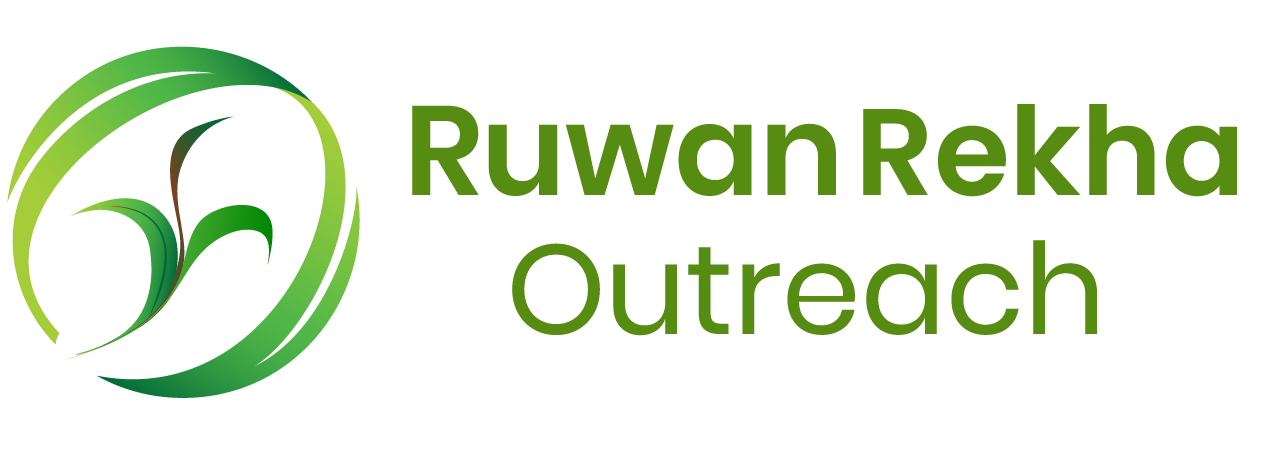WATER BODIES SRI LANKA
ECO-VILLAGES
CLIMATE CHANGE
Renewable Power
Eco-Villages & Wewa

Eco-Villages Concept
Eco Village Development (EVD) “Eco Village Development is an integrated concept of creating development- focused, low-carbon communities of practice in existing villages. It involves the integration of appropriate, affordable solutions at village-level for energy, food, water, and livelihood security.

How It Works
An Eco-village strives to produce the least possible negative impact on the natural environment through intentional physical design and resident behavior choices. It is consciously designed through locally owned, participatory processes to regenerate and restore its social and natural environments.
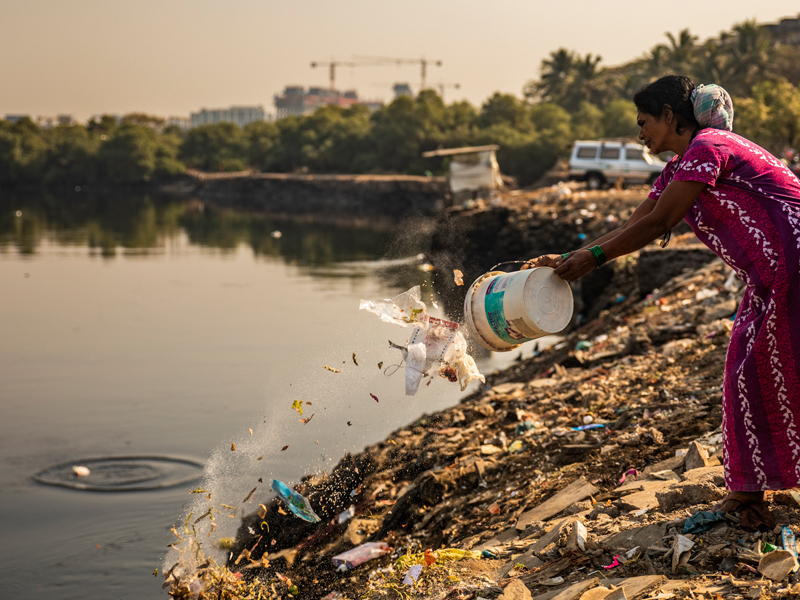
Effectiveness
It shows people how to improve their sustainability: the ecovillages Liftin studied used 10–50% fewer resources than their home-country averages and, being whole communities, were more influential than a single sustainable household. Some ecovillages shame others in reducing their environmental footprint.
Climate Change
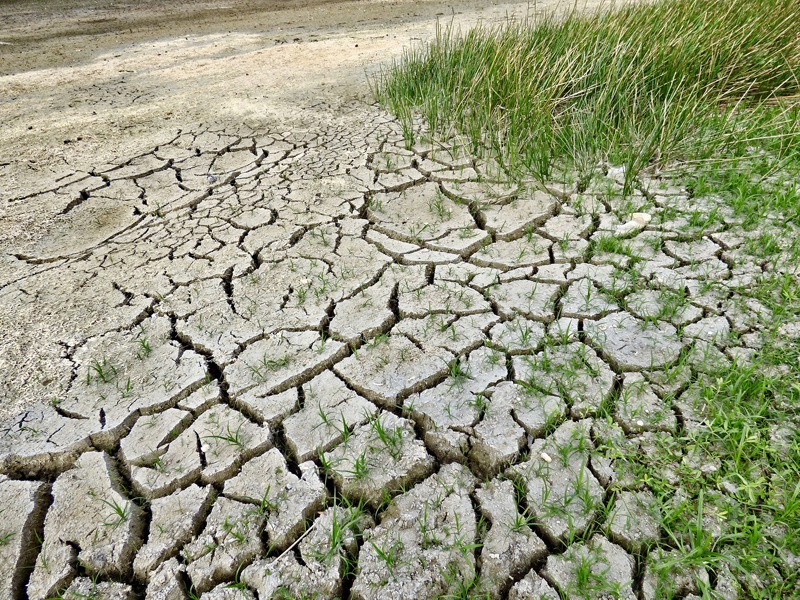
Climate Change
Climate change is a change in the pattern of weather, and related changes in oceans, land surfaces and ice sheets, occurring over time scales of decades or longer. Though there have been previous periods of climatic change, since the mid-20th century humans have had an unprecedented impact on Earth’s climate system and caused change on a global scale.
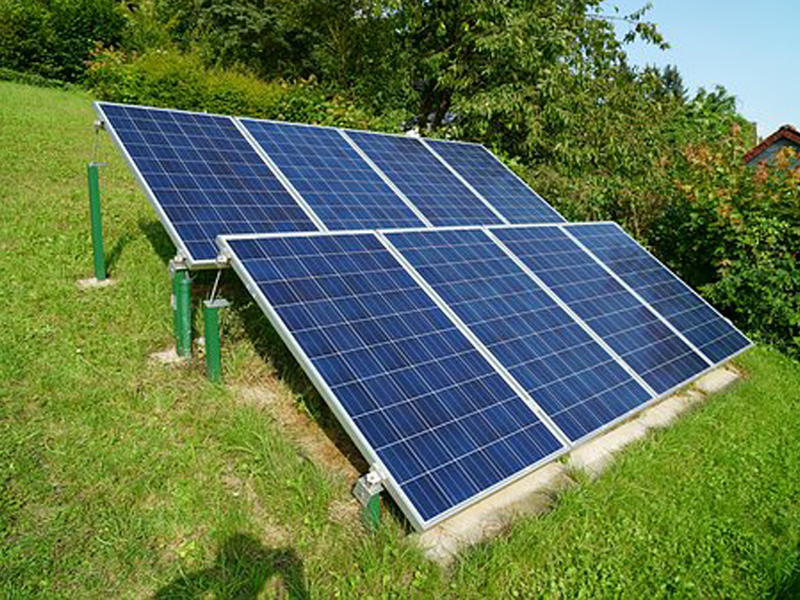
How It Will Affect
Human health is vulnerable to climate change. The changing environment is expected to cause more heat stress, an increase in waterborne diseases, poor air quality, and diseases transmitted by insects and rodents. Extreme weather events can compound many of these health threats
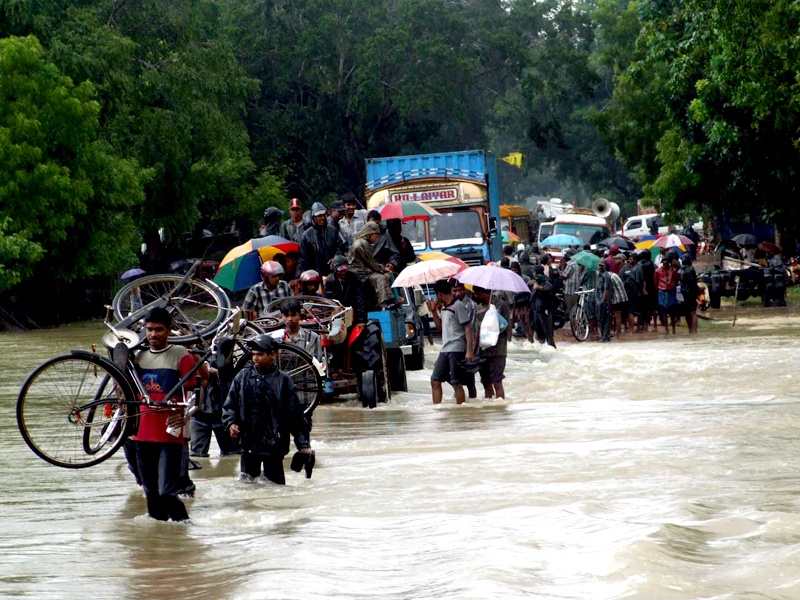
Solutions
Promising ways to mitigate climate change are what we call “natural climate solutions”: the conservation, restoration, and improved management of land.Also transferring to renewable energy methods and Reduce water waste are key steps for stop climate changes.
Renewable Power

Renewable Energy
Renewable energy is energy which comes from natural resources such as sunlight, wind, rain, biomass tides, and geothermal heat, which are renewable (naturally replenished).About 16% of global final energy consumption comes from renewables, with 10% coming from traditional biomass, which is mainly used for heating, and 3.4% from hydroelectricity.
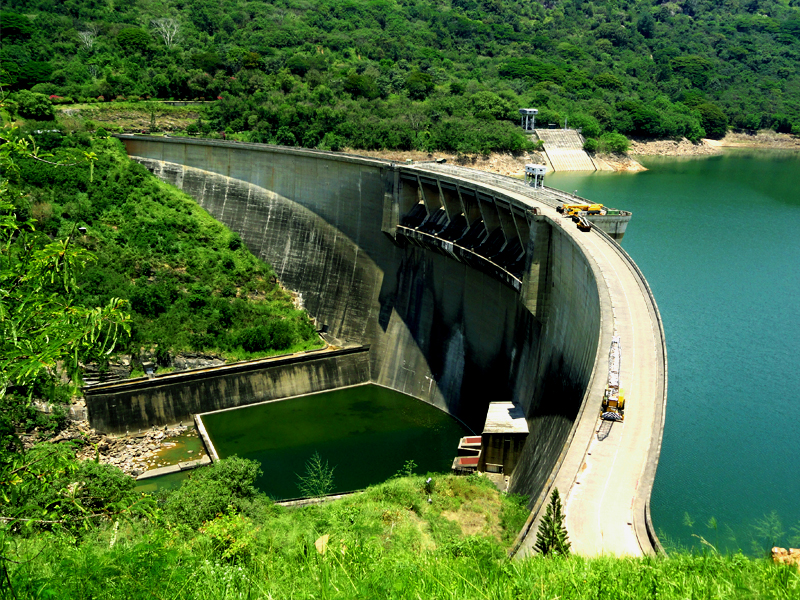
Hydropower
Hydropower is the most widely-used renewable power source, with the global hydroelectric installed capacity exceeding 1,295GW, accounting for more than 18% of the world’s total installed power generation capacity and more than 54% of the global renewable power generation capacity.

Primary Sources
Sri Lanka is using three primary sources: thermal power (which includes coal and fuel oil), hydro-power, and other non-conventional renewable energy sources (solar power and wind power).Also include biomass energy (such as ethanol), Biomass refers to organic material from plants or animals
